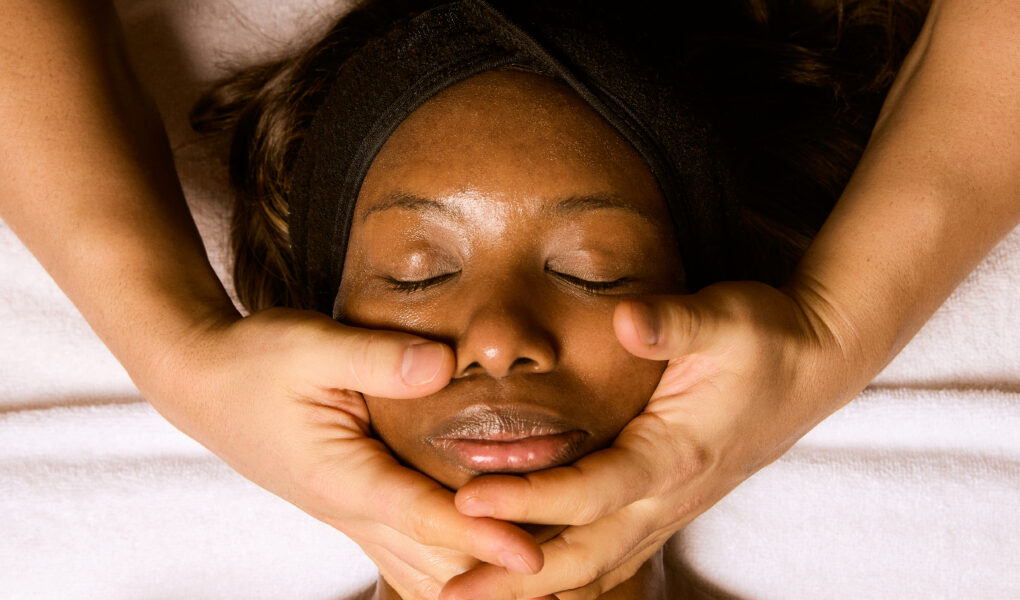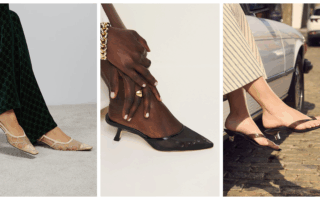Views: 146
My cheeks are being pulled at with a small suction device. My eyes are being circled with freezing metal cryo sticks. There are gloved fingers inside my mouth, stretching the corners of my lips apart and massaging my gums with forceful synchronicity. As you might imagine, I look ridiculous. But it is all in the name of a higher wellness purpose: face Pilates. More dynamic than face yoga and more intricate than cult-favourite chain FaceGym, face Pilates is a 75-minute controlled muscle routine. The eight-step workout-meets-massage—not a facial—is offered by Thomas Tullo, RMT and founder of Aman Spa Toronto, who trademarked his version of the practice. I love pilates as much as the next matcha-sipping, 437-obsessed 20-something—but the idea of having it done to my face admittedly caused some trepidation.
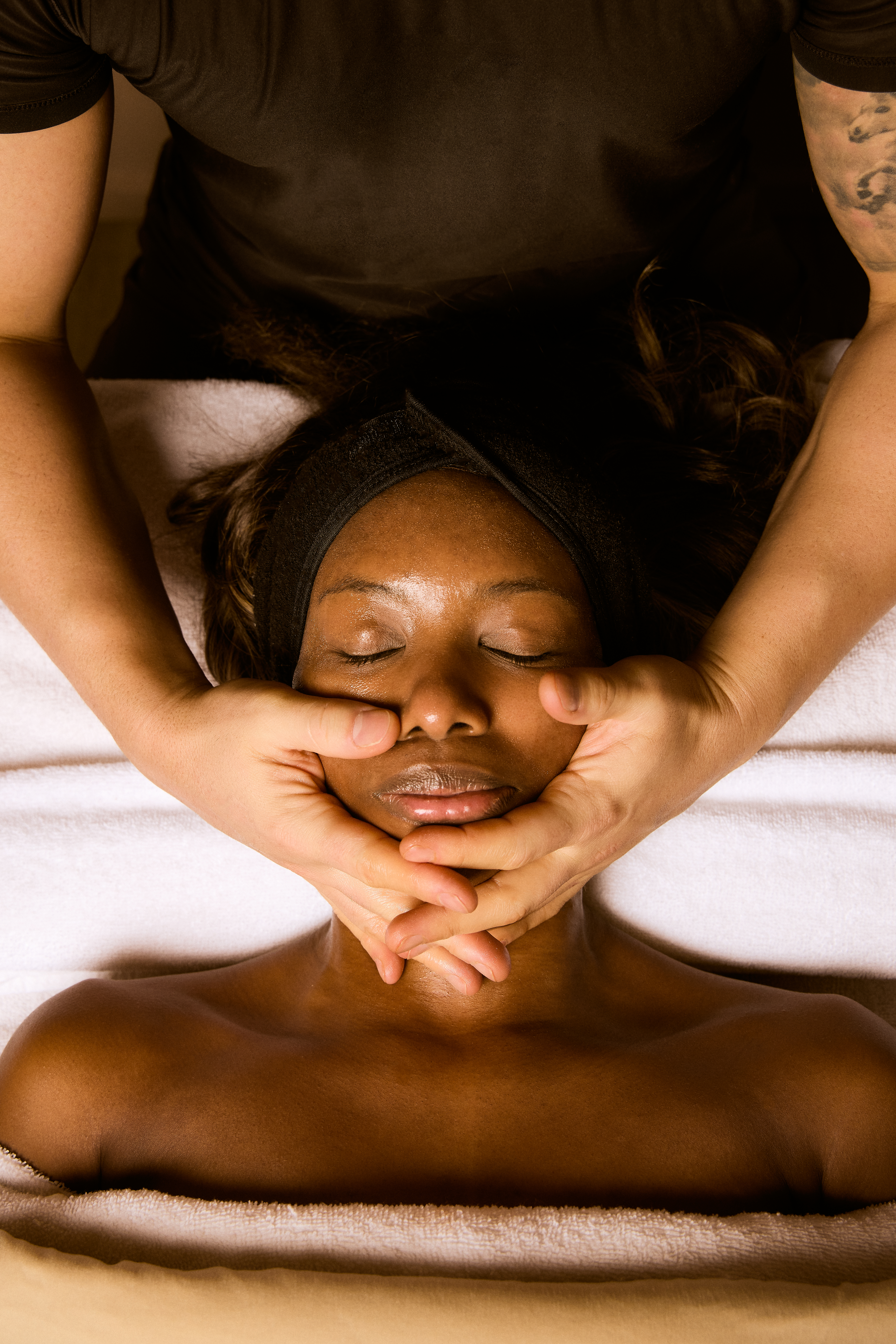
Photography courtesy of Aman Spa
So what exactly is face Pilates, how does it feel, and why does it matter? Naturally, I had questions, so I asked Tullo before taking a seat.
What is face Pilates?
In the simplest terms, it’s a strengthening workout for your face. “We’re targeting the 43 plus muscles that typically don’t get any attention,” says Tullo. He notes that we prioritize fitness for other parts of our bodies—we go to the gym; we walk; we play sports—but we don’t actively work on our facial muscles. “If you think about it, we’re using our face muscles all day. When we’re laughing, crying, chewing, clenching, expressing, eye-rolling, all of these muscles are being used, but they’re not being stretched, treated for trigger points or relaxed.”
What does face Pilates entail?
The 75-minute treatment involves eight steps, starting with a warm-up called fascial stretch therapy. Fascia is a thin layer of connective tissue that supports and stabilizes everything from muscles to skin. “Think of it like your pre-workout stretch,” says Tullo. “You can’t dig into a deep tissue massage instantly—muscles don’t like to be bullied. So, there has to be foreplay.” Next comes reflexology: carefully-applied pressure to prime the nervous system for what’s to come. Then Tullo begins lymphatic drainage, via Gua Sha and face cupping—the aforementioned suction sensation. The deep-tissue massage comes afterwards, stimulating the head, neck, shoulders, eyebrows and the buccal area (yes, inside the mouth). After this, he moves on to a micro-current: a low-level electrical current to stimulate the skin. To finish? Red light therapy, cryotherapy and soothing skincare.
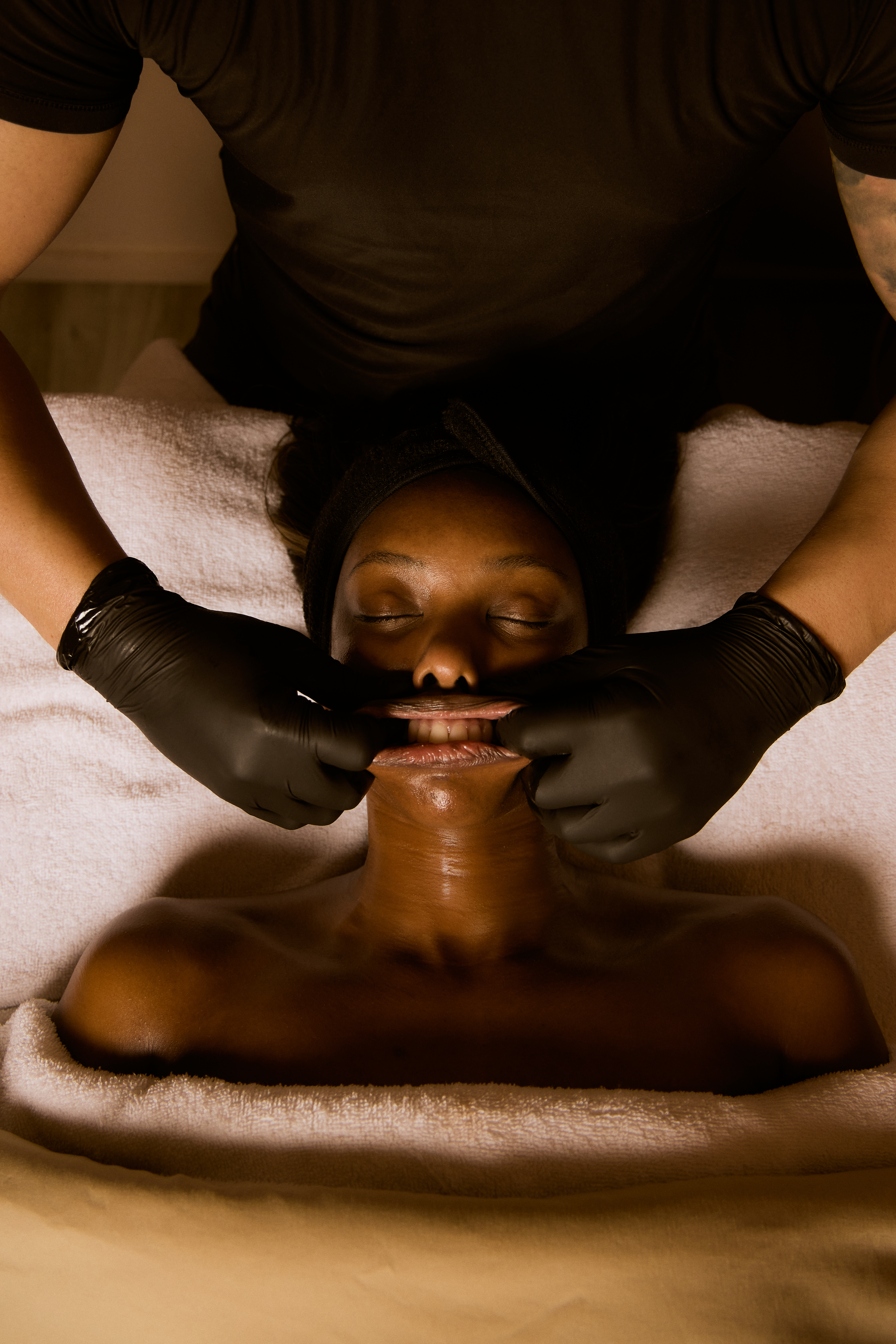
Photography courtesy of aman spa
What does face Pilates actually feel like?
While face pilates doesn’t necessarily hurt, it yields a similar exertion of a workout. It can be uncomfortable, “especially if you’ve never had a massage inside your mouth before,” Tullo says. The buccal massage is when I felt the most tension and soreness, like when you leave the gym with your legs throbbing after five sets of squats. The micro-current is another sensation that takes some getting used to, as your face is flexing without your control. “It’s going to feel tickle-y, prickly and magnetic,” says Tullo. “You might feel your lips moving or your eyebrows shifting because the muscles are contracting.”
Why is it important to work out your facial muscles?
Tullo puts it plainly: “When we strengthen our face muscles, things get less droopy.” If we’re not working out our muscles, they become weak and start to fall. And when the muscles fall, skin falls with it, leading to loss of structure or ability to convey emotion on the face, Tullo says. Over time, stronger muscle tissue helps the overall health of the skin, making for a plumper complexion.
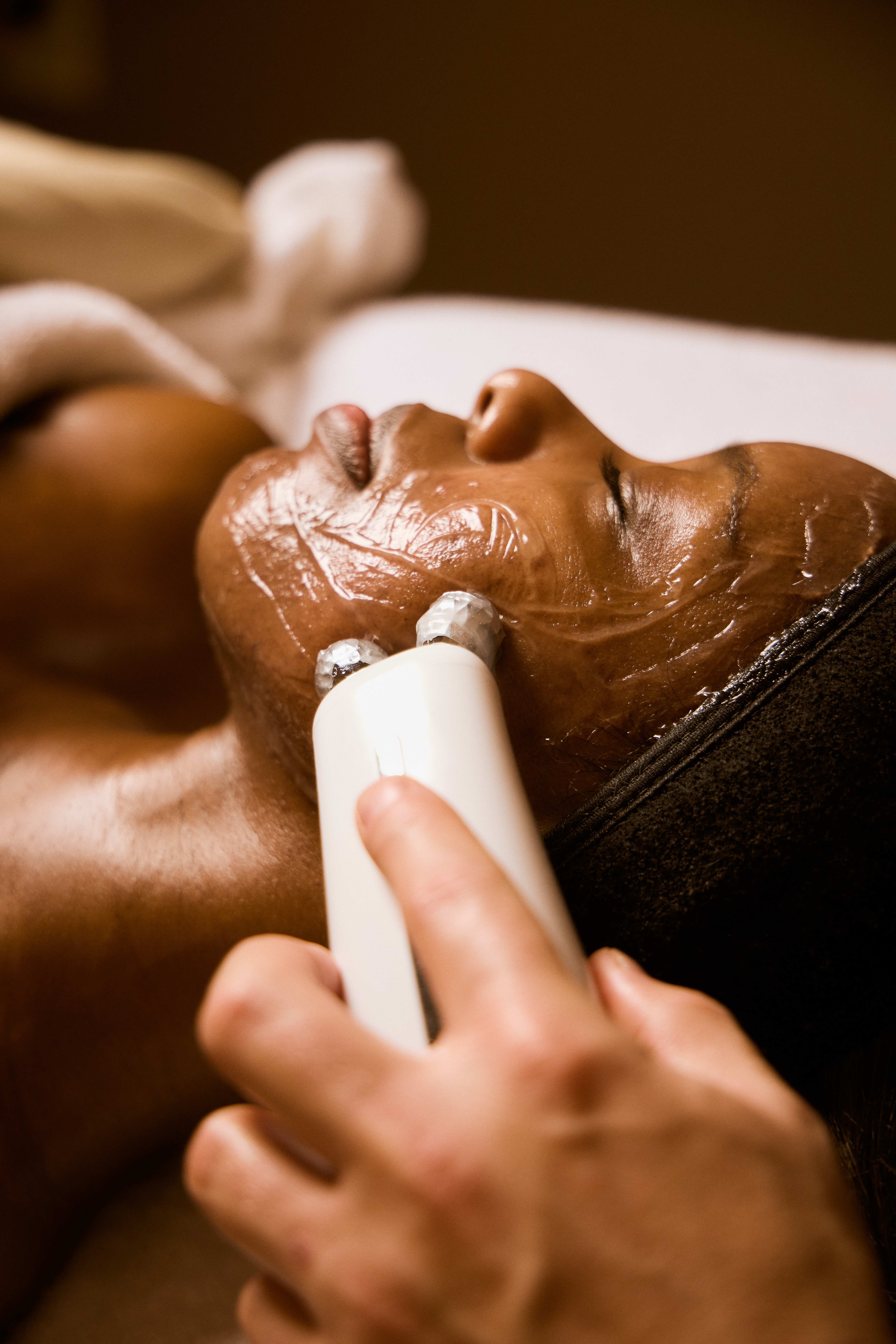
Photography courtesy of Aman Spa
What are the benefits of face Pilates?
While the promise of a snatched face is enticing, face Pilates is less vanity-based and more about underlying health. “Long term, the biggest outcome is relieving stress and tension,” Tullo says. He notes that we all carry stress in our faces, via clenched jaws and furrowed brows, and this treatment teaches the skin to release. The buccal massage, specifically, can be great for those with TMJ disorder, a condition that causes pain in the jaw joint. He adds that lymphatic drainage—flushing out the toxins of the lymph nodes—is a constant focus throughout the entire session. “You’re going to see a complexion change because you’re releasing water retention and detoxing your body.” After my appointment, I left feeling both taut and relaxed—noting the lack of tightness I usually feel in my face. Like any good muscle-building routine, there was some discomfort throughout the process, followed by a lingering sense of satisfaction. Most importantly, I walked away grateful to have found a new way to care for myself. As Tullo says, “The body’s had enough attention. It’s time we focus on the face.” Continue Reading
